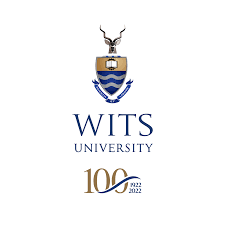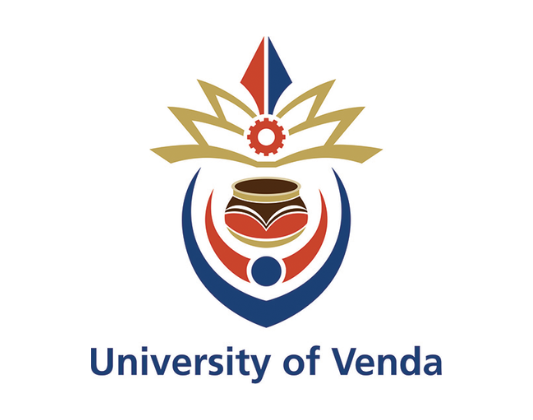Investigation of supervised learning methods to classify cell types from single-cell RNA sequencing data
Researcher: Warren Freeborough, University of the Witwatersrand, Johannesburg
Supervisors: Prof. Terence van Zyl, University of Johannesburg and Nikki Gentle, University of the Witwatersrand, Johannesburg
The study of living systems has prompted improvements in sequencing technology, which in turn has led to biological science entering the field of big data. To adequately study this single cell RNA sequencing (scRNA) data requires use of data scientific methods.
The aim of the study is to replicate the results produced by Grabski and Irizarry, using the same datasets, whilst exploring alternative supervised learning methods. In doing so, this study hopes to provide support for the models usage in scRNA classification or provide promising alternative to explore further.

